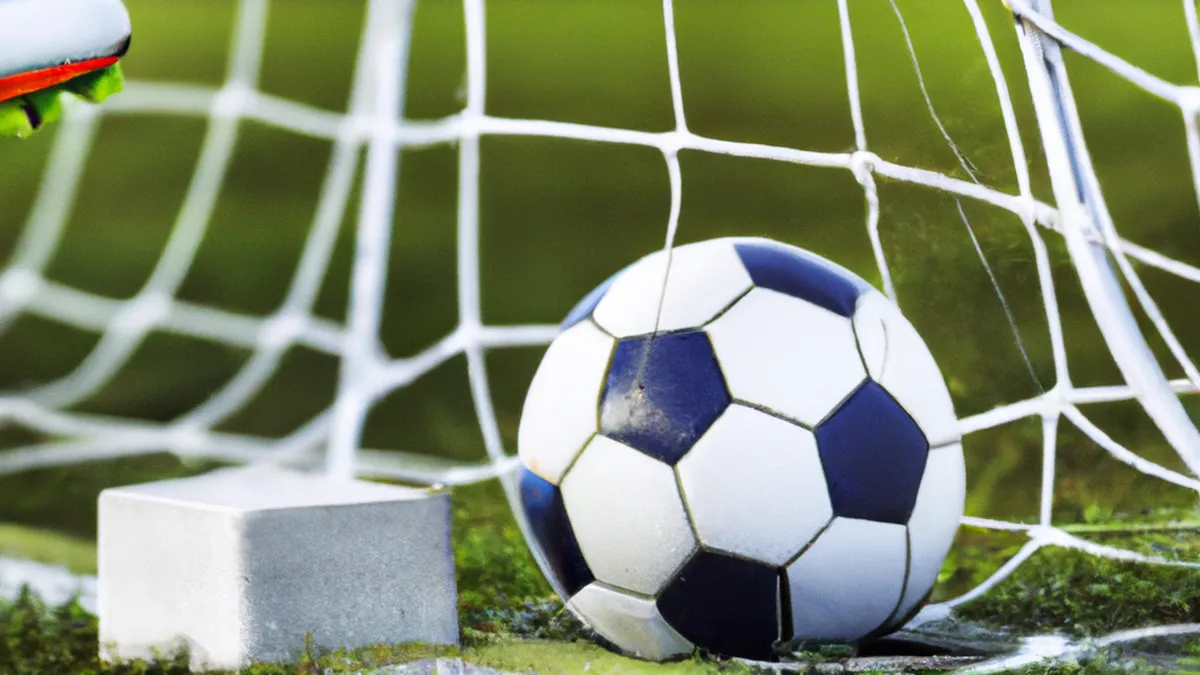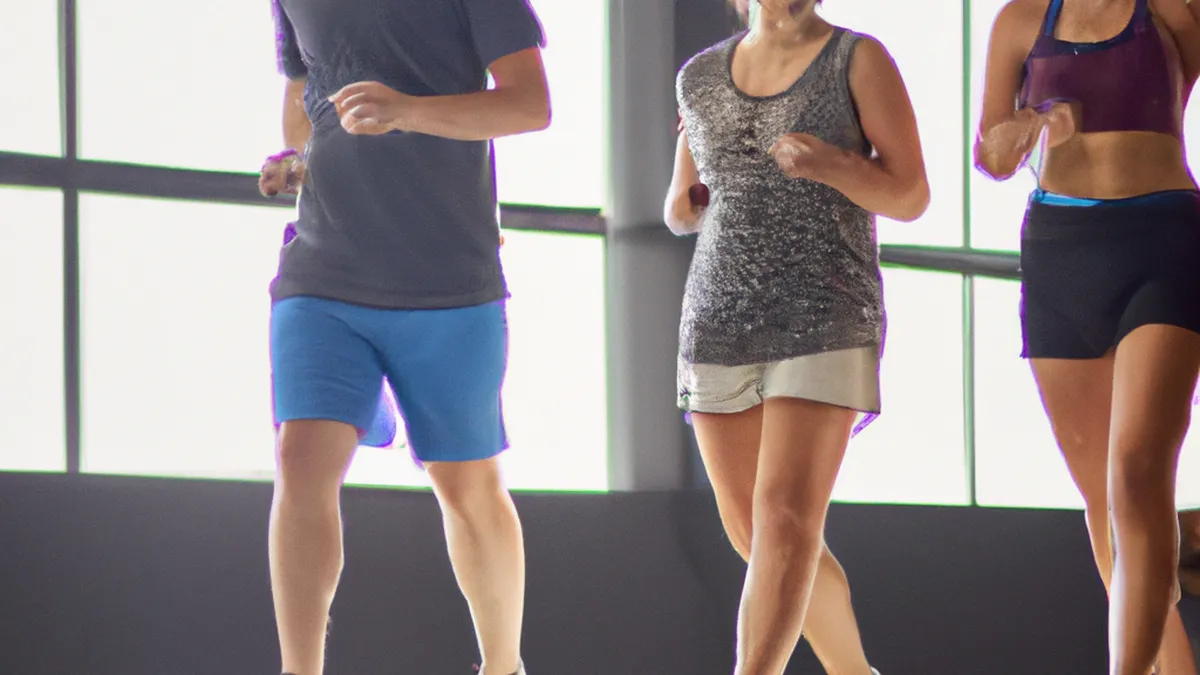Strategies to Enhance ACL Rehab
Rehab Protocols for ACL Tears: A Comprehensive GuideACL tears rank among the most common knee injuries, especially for athletes in sports involving quick direction changes or jumping. The ACL stabilizes the knee, and its injury can lead to pain, swelling, and difficulty with daily activities. If you have an ACL tear, follow a structured rehabilitation protocol to heal, restore function, and prevent re-injury.This blog post explores effective rehab protocols for ACL tears. We offer essential tips, advice, and a comprehensive overview of each recovery phase. Let’s navigate this challenging journey toward recovery!
Understanding ACL Injuries
ACL injuries often occur during sports like soccer, basketball, football, and skiing. Factors such as sudden stops, pivoting, or awkward landings can lead to these injuries. When the ACL tears, it may cause immediate pain, swelling, and a feeling of instability in the knee.Some people may hear a “popping” sound at the time of injury. After an ACL tear, seek medical attention for an accurate diagnosis and treatment plan. Treatment options may range from conservative management, including physical therapy, to surgical intervention based on the tear’s severity.
Initial Phase: Rest and Recovery
As an Amazon Associate I earn from qualifying purchases.
Gear tip: consider soccer cleats, football, and soccer ball to support this topic.
The rehabilitation’s first phase focuses on managing pain and swelling. This phase usually lasts one to two weeks post-injury and sets the recovery foundation.
R.I.C.E Method
Use the R.I.C.E method to control swelling and pain:- **Rest:** Avoid activities that worsen pain. Resting the knee is vital during initial healing.- **Ice:** Apply ice packs for about 20 minutes several times daily. This reduces swelling and numbs the area to alleviate pain.- **Compression:** Use an elastic bandage to minimize swelling. Avoid wrapping it too tightly to maintain blood circulation.- **Elevation:** Keep the knee elevated above heart level to help reduce swelling. Use pillows for support while resting.
Gentle Range of Motion Exercises
Once swelling decreases, start gentle range-of-motion exercises. Aim for 90 degrees of knee flexion within the first week. Heel slides and ankle pumps promote blood flow and prevent stiffness.
Strengthening Phase: Building Stability
After the initial recovery phase, shift focus to strengthening the muscles around the knee. This phase usually begins two to six weeks post-injury and is crucial for restoring knee stability.
Quadriceps and Hamstring Exercises
Strengthen the quadriceps and hamstrings through specific exercises.
Conclusion
In summary, follow these protocols to support your recovery from an ACL tear effectively.
Below are related products based on this post:
FAQ
What causes ACL tears?
ACL tears often occur during sports that involve quick direction changes, jumping, or sudden stops, such as soccer, basketball, football, and skiing. Factors like pivoting or awkward landings can also lead to these injuries, resulting in immediate pain and swelling in the knee.
What is the R.I.C.E method for managing an ACL injury?
The R.I.C.E method stands for Rest, Ice, Compression, and Elevation. It is used to control swelling and pain during the initial recovery phase, which typically lasts one to two weeks after the injury.
What exercises should be done during the initial recovery phase?
During the initial recovery phase, gentle range-of-motion exercises should be performed once swelling decreases. Aim for achieving 90 degrees of knee flexion within the first week through exercises like heel slides and ankle pumps to promote blood flow and prevent stiffness.















Post Comment